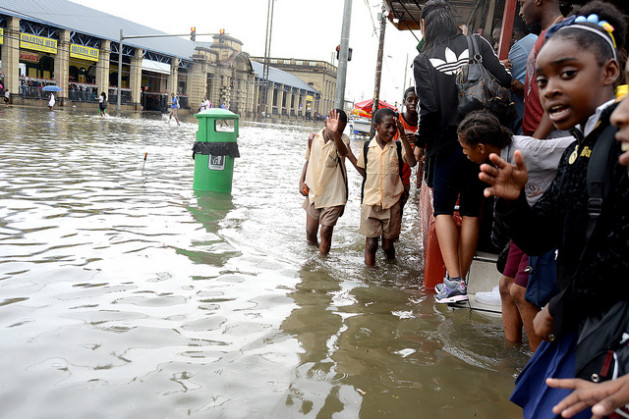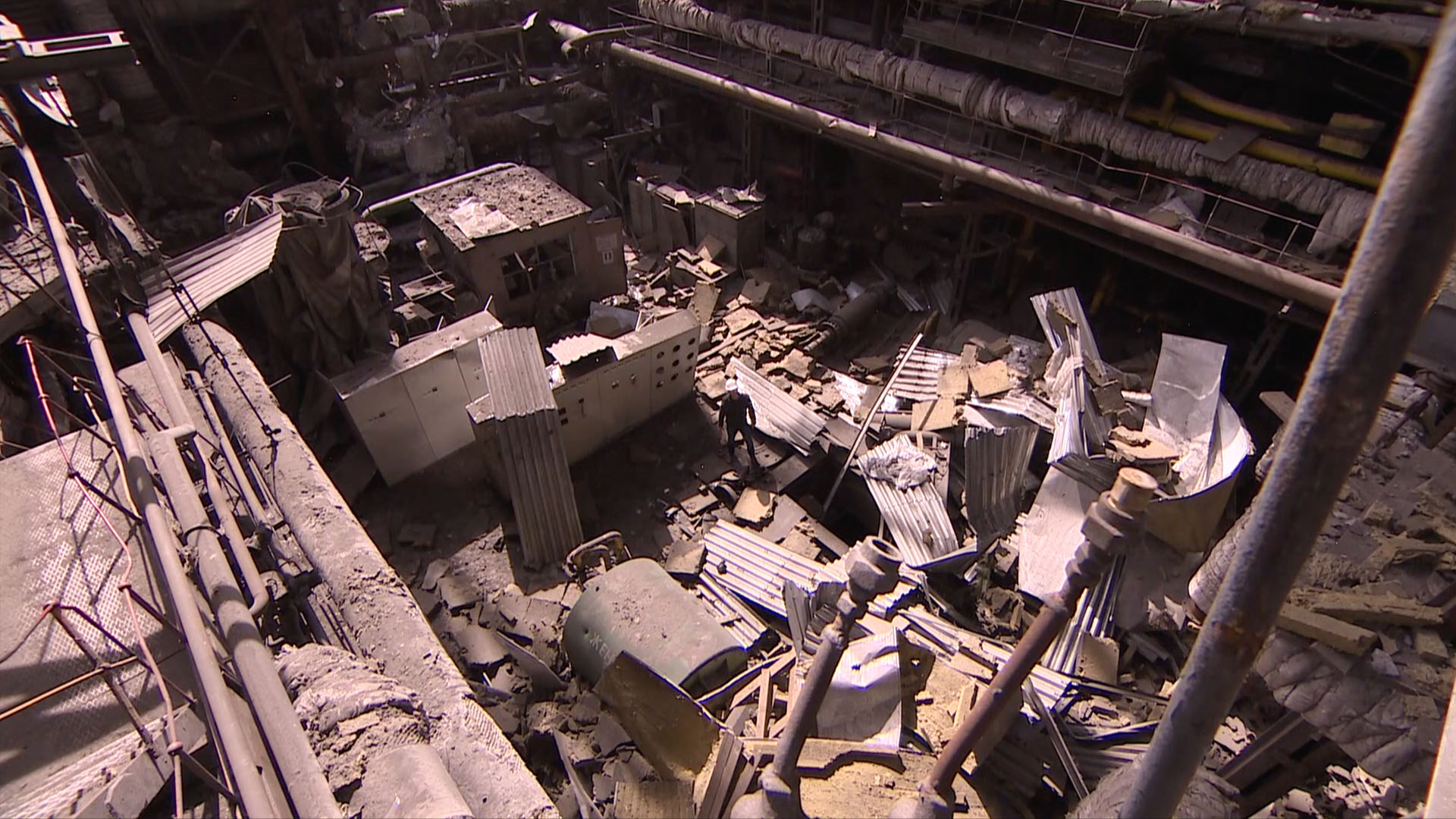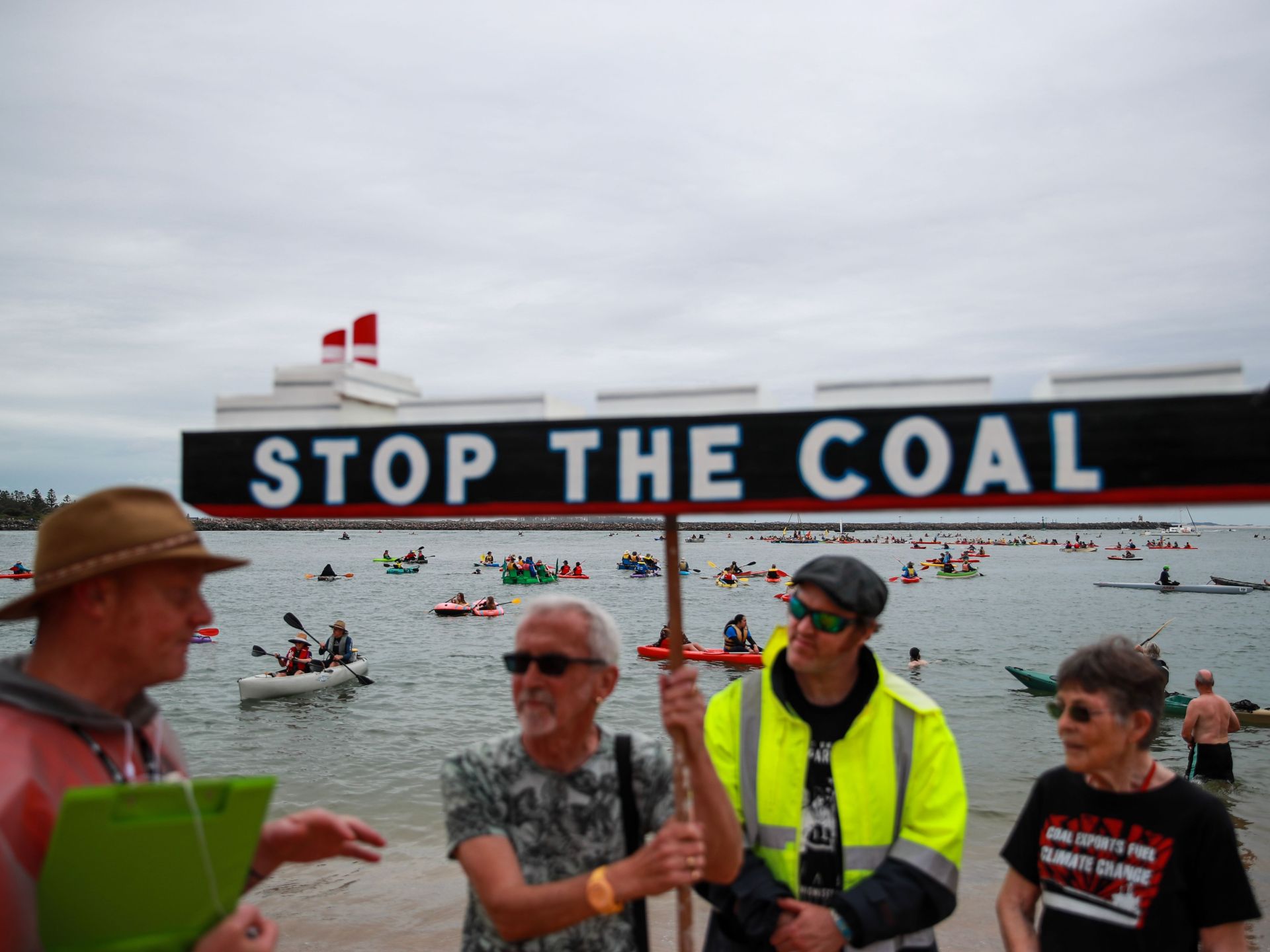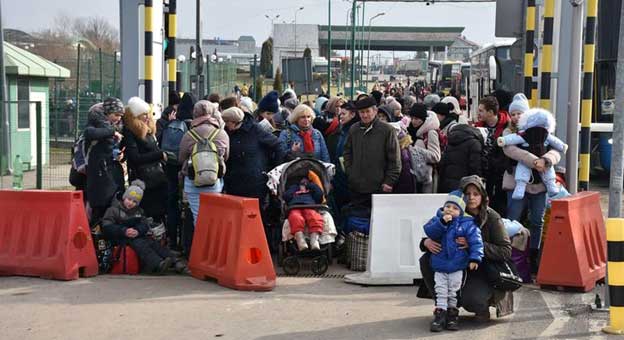The Potential Role of Insurance in Protecting the Most Vulnerable — Global Issues
The 2023 Climate Conference COP27 in Sharm put loss and damage clearly on the political agenda with the agreement to set up a Transitional Committee to seek to establish a fund for Loss and Damage and to look at other ways to help countries and people address disasters.
Today the conversations around insurance in regard to loss and damage have shifted. Some argue that insurance comes up short when addressing loss and damage. For example, one idea of an insurance fund would require all parties, including those from the Global South, who have contributed the least to global emissions, to buy in and share the risk burden.
This idea negates the historical responsibility of the Global North as leading polluters. Experts continue to debate where insurance belongs in climate financing and this article intends to highlight some critical thinkers in the space.
Paul Hudson, a lecturer of Environmental Economics at the University of York and frequent contributor to the International Science Council, contends that insurance can still be a useful tool for addressing natural hazards and climate impacts if its function in the private or public sector is previously determined.
“In order for society to have a great degree of adaptive capacity we still need to work out what is the actual role we expect insurance to achieve,” Hudson said.
According to Hudson, the ideas of insurance in the public and private sectors are in contention. In discussions around insurance, people often use the language of private responsibility in relation to a compensation fund but what may be more necessary is for people to simply have an accessible and affordable means of compensation, which is the role of a public good.
An additional fear is that countries fall back on the private insurance sector too often when they have yet to provide the funding for adaptation and mitigation, which puts the commitment to losses and damages in question. Still, perhaps there is a role for the private and public insurance sector despite its shortcomings.
Experts are considering ways to integrate both private and public solutions so the most vulnerable populations are protected from climate-induced losses and damages.
Raghuveer Vinukollu, Senior Vice President and Climate Resilience and Solutions Lead at Munich Reinsurance America, Inc., argues that an integrated approach could provide a sustainable and affordable solution to the question of insurance. Vinukollu supports a bottom-up and top-down process to address resiliency.
Resilience from both angles aims to mitigate the protection gap caused by high costs. Such a model underscores the importance of community resilience as well as risk prevention, promoting the whole of society’s safety from risk rather than the few who can afford a premium.
Again, prevention is critical but fails to address the question of losses and damages which have already occurred. If vulnerable communities are faced with climate disasters, they must have community resilience (i.e., resources), which can be secured through accessible insurance.
Waterfront Alliance is a company that strives to build community resilience in part through education. Joseph Sutkowi, the group’s Chief Waterfront Design Officer, explains that it is critical to standardize aspects of design and make such knowledge accessible.
In this way, architects and engineers from around the world can create infrastructure built for the community and will be resilient in the face of natural disasters. Additionally, spreading awareness about flood risk–or other climate hazards–can in turn raise awareness around purchasing insurance that could be critical to forming communities that can recover from disasters.
The crucial piece of this argument on the implementation of insurance mechanisms is that they must not exclude the most vulnerable groups, including low-income communities. Here, Mathieu Verougstraete, Lead on Disaster Risk Reduction Financing and Infrastructure Resilience for UNDRR, suggests countries from the Global North have a role to play.
Verougstraete asserts that international cooperation would allow donor countries to step in and provide a mechanism to ensure that insurance remains affordable and still provides the protection the vulnerable countries need.
Brandon Mathews works directly with these vulnerable nations to meet their needs. Mathews is the head of the Vulnerable 20 (V20) Sustainable Insurance Facility within the United Nations Environment Programme (UNEP). The facility funds insurance for micro, small, and medium enterprises which are the “cornerstone of economies.”
Aligning with vulnerable groups means giving them ownership. Oda Henriksen, Climate Risk Manager for Food Security as a Financing Advisor at United Nations World Food Program (UN WFP), has highlighted ownership as a key finding based on case studies in Belize and Nicaragua with insurance programs.
UN WFP argues that local government and private sector contributions, as well as consumer empowerment, are essential for a sustainable approach to insurance in disaster risk reduction.
Held on June 1st the Insurance Development Forum signed an agreement to advance the Global Resilience Index with the UN Office for Disaster Risk Reduction (UNDRR) to “help countries, financial institutions and investors, map and quantify their current and future climate and disaster risks and demonstrate the benefits of investing in resilience.”
With Loss and Damage now near the center of the political preparations for the upcoming Climate Summit COP28 in Dubai in December then a menu of approaches will be explored. Within this menu perhaps there is a role for the insurance sector (in either a private or public sector capacity) if done the right way.
A strong insurance system should examine all of the stipulations raised by experts in the field. The system must also be continuously revised to meet the evolving demands of vulnerable climate communities. With livelihoods at risk, potential solutions must be critiqued and considered from all angles.
Jamie Cummings is part of a Belmont Forum-funded grant, Re-Energize Disaster Risk Reduction and Resilience for Sustainable Development. She was the climate change focal point for the recent UNFCCC Bonn Climate Conference for the Sendai Stakeholder Engagement Mechanism. With additional support from Rene Marker-Katz and Cameron Mcbroom-Fitterer, Associate Researchers with Re-Energize DR3.
© Inter Press Service (2023) — All Rights ReservedOriginal source: Inter Press Service
Check out our Latest News and Follow us at Facebook
Original Source







